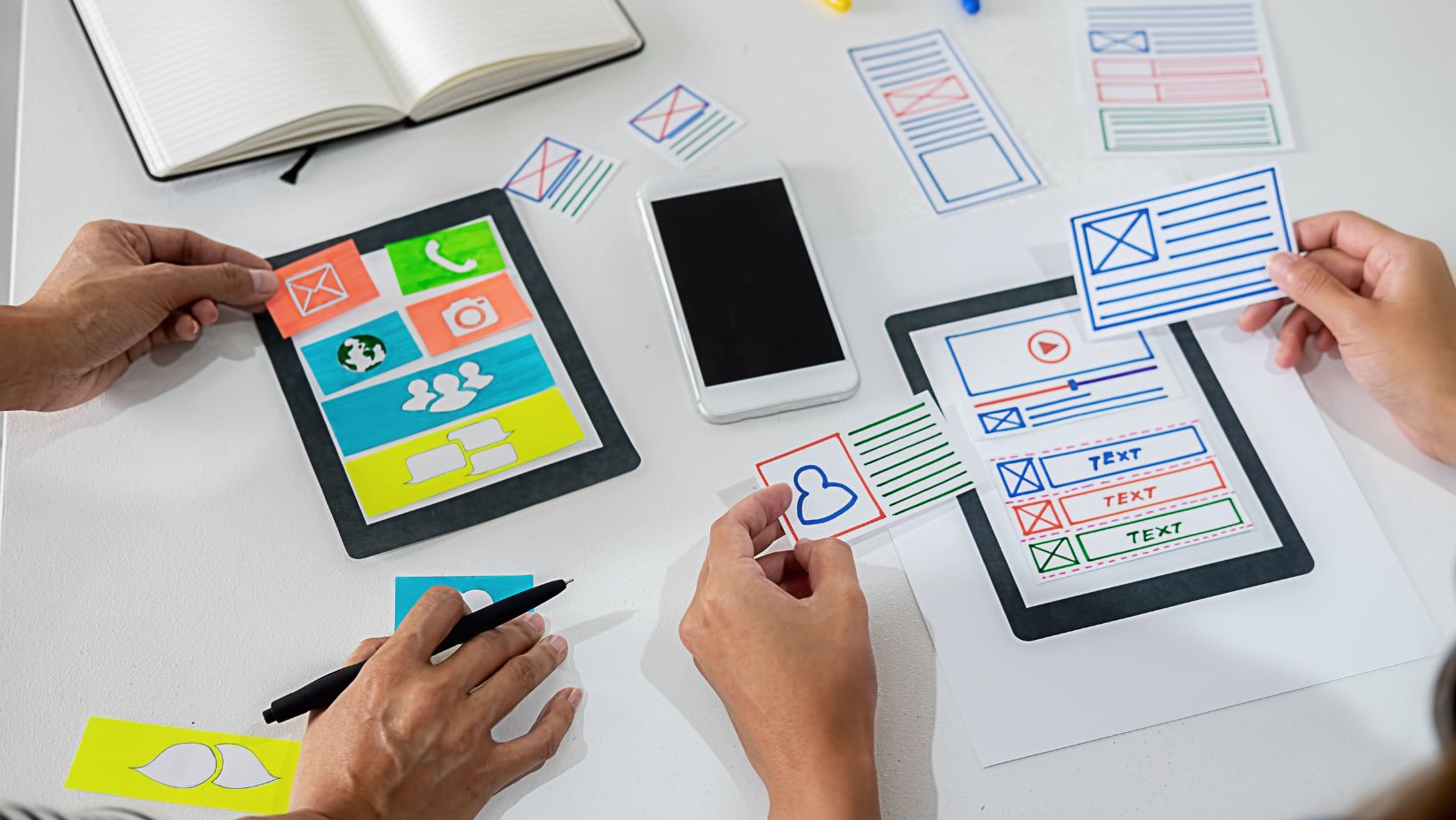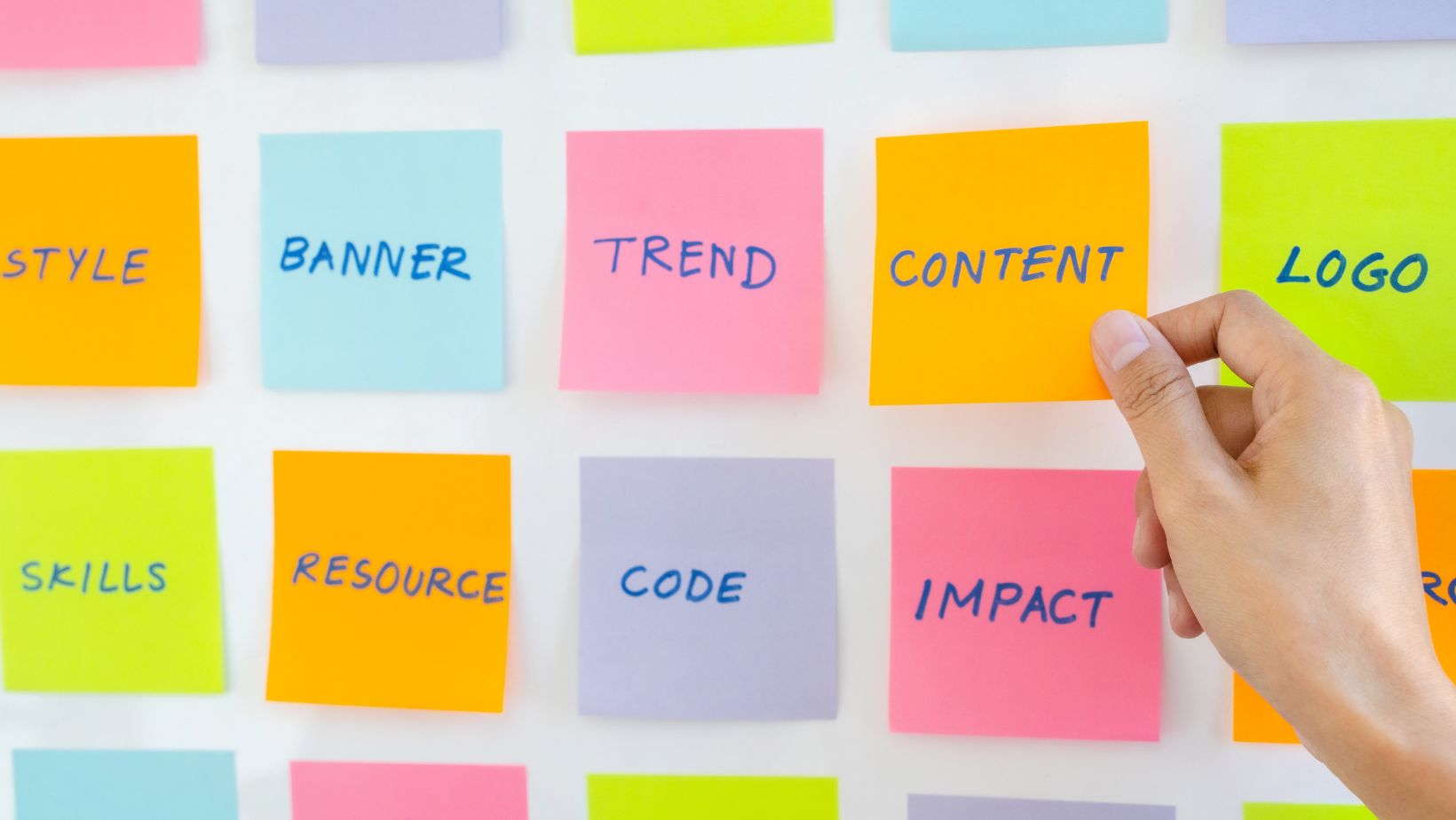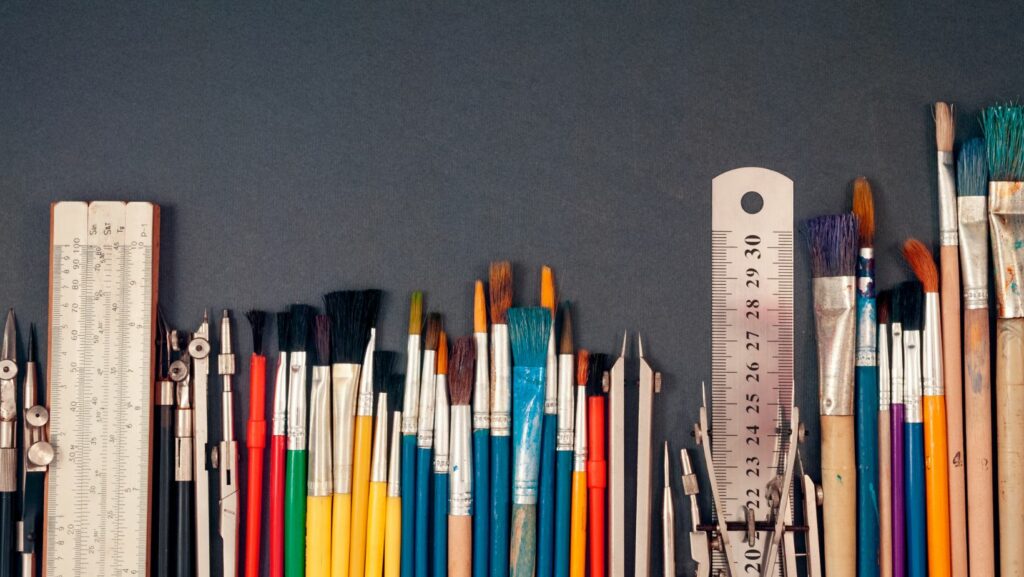In the ever-evolving landscape of digital innovation, creative tools are essential for transforming ideas into compelling visuals, designs, and content. Whether you’re a graphic designer, writer, marketer, or entrepreneur, leveraging the right creative tools can significantly enhance your productivity and output quality. This article explores some of the most effective creative tools available today and how they can elevate your projects.
Creative Tools

Creative tools encompass a broad range of software and applications designed to assist in various creative processes. These tools facilitate tasks such as graphic design, video editing, content creation, and project management.
The right combination of creative tools can streamline workflows, enhance collaboration, and enable you to produce high-quality work efficiently.
Essential Creative Tools for Different Disciplines
- Graphic Design: For graphic designers, tools like Adobe Creative Cloud (including Photoshop and Illustrator) are indispensable. Photoshop is ideal for photo editing and compositing, while Illustrator excels in vector graphics and logo creation. For those seeking alternatives, Canva offers a user-friendly interface with templates that simplify the design process.
- Video Editing: Video content creation requires robust editing tools. Adobe Premiere Pro is a professional-grade tool that provides extensive features for video editing, color correction, and audio mixing. For simpler tasks or mobile editing, tools like iMovie and Adobe Premiere Rush offer user-friendly interfaces and essential editing capabilities.

- Content Creation: Writers and content creators benefit from tools that enhance writing and content management. Grammarly is a popular tool for grammar and style checking, while Scrivener helps in organizing and drafting long-form content. For collaborative writing and project management, Google Docs and Notion are excellent options.
- Web Design and Development: Web designers and developers can leverage tools such as Adobe XD and Figma for designing and prototyping user interfaces. These tools facilitate collaborative design and provide features for creating interactive prototypes. For coding, Visual Studio Code offers a versatile and customizable environment.
Collaboration and Project Management

In today’s collaborative work environments, effective project management and team collaboration are crucial. Tools like Trello and Asana help teams track tasks, set deadlines, and manage projects efficiently.
Slack and Microsoft Teams facilitate real-time communication and file sharing, ensuring that team members stay connected and informed.
Enhancing Creativity with Artificial Intelligence
Artificial intelligence (AI) is transforming the creative landscape by introducing tools that enhance creativity and efficiency. AI-powered design tools like Adobe Sensei automate tasks such as image tagging and object removal, allowing creatives to focus on more strategic aspects of their work. AI-generated content tools, such as Copy.ai and Jasper, assist in generating copy and brainstorming ideas quickly, while Adobe AI image generator enhances the creation of visuals with remarkable speed and precision.
Trends and Innovations in Creative Tools
Staying updated with the latest trends and innovations in creative tools can give you a competitive edge. Some notable trends include:
- Integration of Augmented Reality (AR): AR tools like Spark AR allow creators to develop interactive and immersive experiences that blend digital elements with the real world.
- Cloud-Based Solutions: Cloud-based creative tools such as Adobe Creative Cloud and Figma enable seamless access to projects from anywhere and facilitate real-time collaboration.
- Enhanced Customization: Many creative tools now offer extensive customization options, allowing users to tailor features and interfaces to their specific needs and preferences.
- Automation and Efficiency: Tools that automate repetitive tasks, such as Adobe Photoshop’s batch processing or automated content generation tools, help streamline workflows and increase productivity.
Tips for Choosing and Using Creative Tools
To make the most of creative tools, consider the following tips:
- Assess Your Needs: Identify the specific requirements of your projects and choose tools that align with those needs. Avoid investing in tools with features you won’t use.
- Stay Updated: Regularly check for updates and new features in your creative tools to ensure you’re leveraging the latest capabilities.
- Seek Training and Resources: Many creative tools offer tutorials, webinars, and community forums. Take advantage of these resources to maximize your proficiency and creativity.
- Experiment and Adapt: Don’t be afraid to experiment with different tools and workflows. Adapting to new tools can lead to discovering more efficient methods and innovative approaches.

